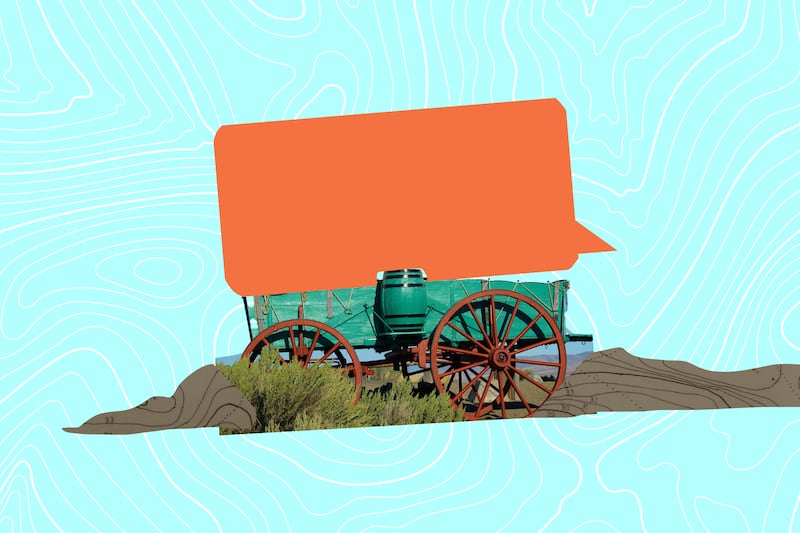Why do Utahns talk the way they do? A BYU professor says it may go back to the state’s pioneer roots.
BYU linguistics professor David Eddington’s recently published book, “Utahisms: Unique Expressions, Inventions, Place Names, & More,” looks at language in the Beehive State.
Some of the peculiar aspects of Utah speech are easily recognized, like the odd pronunciation of “t” in mountain or asking someone if they “fill” sick. But where do these practices come from?
Another interesting quirk that could help answer this question is the term “potato bug,” brought over by early pioneers.
“Those gray bugs that live under rocks and turn into a ball when you touch them, most people call them ‘roly-polies’ or ‘pill bugs,’ but many Utahns call them ‘potato bugs,’” Eddington said.
Eddington found that the only other places where people call these critters “potato bugs” is off the southern shores of Lake Ontario and Lake Erie.
“And that’s where Palmyra (New York) and Kirtland (Ohio) are located so the term was probably brought here by the early pioneers,” Eddington said, pointing to the early Latter-day Saint settlements. “It’s fascinating to learn where a lot of these things really come from.”
In his research, Eddington surveyed 1,700 Utahns about their vocabulary and speech patterns to discover that Utah actually has a lot in common with other speech practices. And these commonalities trace back to early Utah settler and pioneer history.
Utah expressions like “for cool” or “for cute” (which are now becoming rarer) can also be heard in Minnesota and Iowa. What these states have in common, Eddington notes, is huge numbers of Scandinavian immigrants.
“Utah has one of the largest numbers of people with Danish ancestry. In Scandinavian languages, they use interjections like ‘for beautiful’ instead of ‘how beautiful,’” Eddington said.
Other ancestral influences on Utahns’ speech practices include quirky pronunciations of the names of some cities and towns. Hurricane, for example, is pronounced as “Hur-ah-kun” which traces back to Utah pioneers’ British origins. The no longer recognized pronunciation of Spanish Fork as Spanish “Fark” was derived from pioneers with Irish backgrounds who came to Utah from the Northeastern U.S.
Even the true origin of the name “Utah” is a bit unique. Eddington, like many, had heard that the state’s name is a Ute Indian word meaning “top of the mountains,” but his research found that’s not the case.
“The best evidence we have is that the Spaniards asked the Pueblos what they called the Native Americans from a particular area and the Pueblos just said something that sounded to the Spaniards like, ‘Utah,’ meaning ‘the people over there,’” Eddington explained.
Other Utah names reflect the Native American roots like “Tooele” which derives from the Goshute word for “black bear.”
Eddington’s new book tells the story behind the many things that make Utah language special and shows that while a lot of them are still strange, most of them are not so odd after all.
“People will say, ‘Oh yeah, in Utah people do this, that or the other thing,’ but it’s actually really hard to find something that is distinctly Utah,’” Eddington said.


